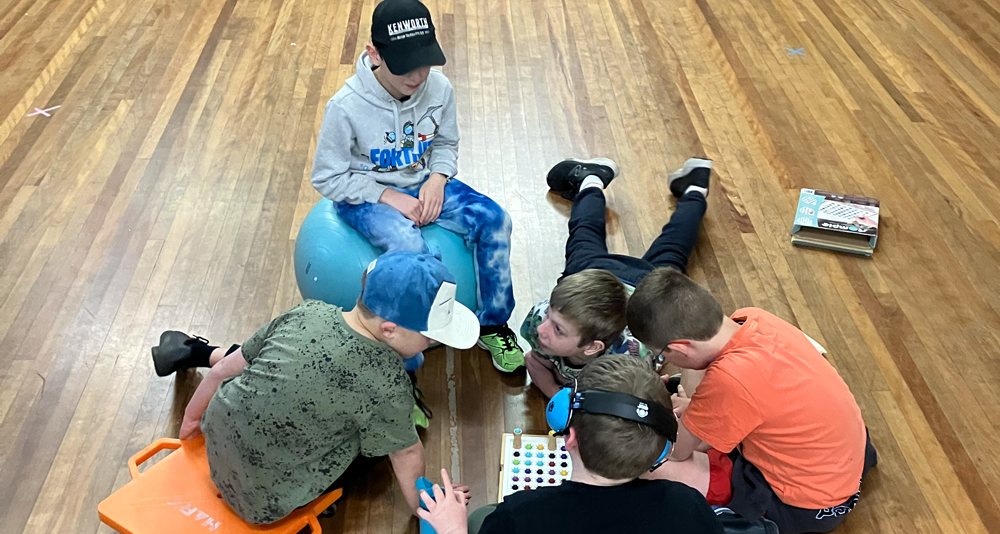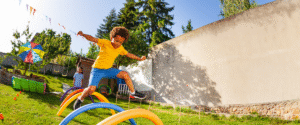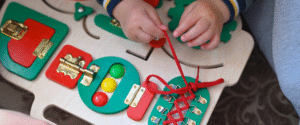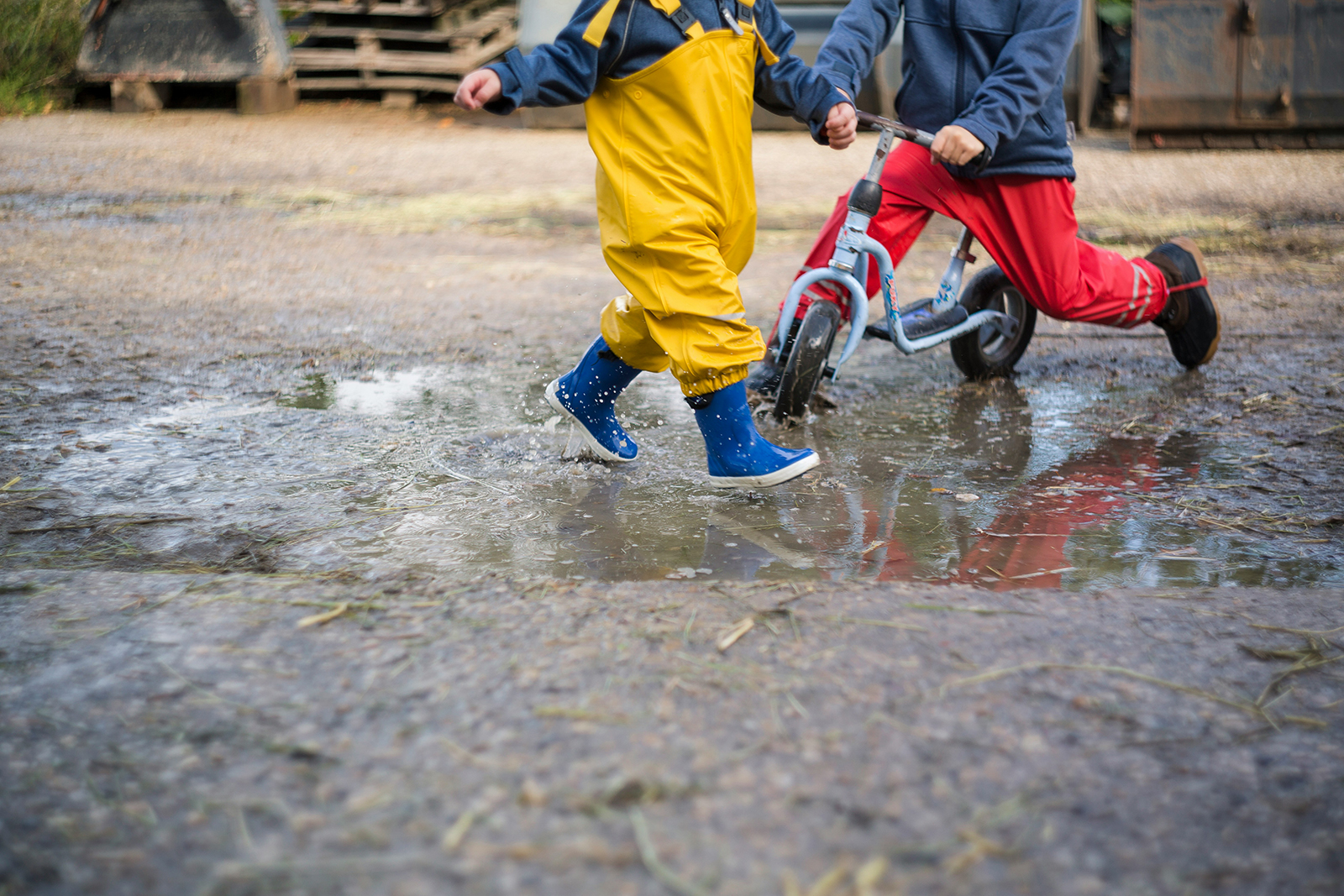
THE CORE OF IT ALL!
How often have you heard your OT talk about the importance of core strength in a session with your child? It is something that we definitely speak about a lot in sessions as it is foundational to so many different skills that we all develop over our lifetime. In one of our previous blogs, we looked at Gross Motor Skills and how we work on these skills as OT’s. We talk about Gross Motor skills involving all those activities that use big muscle groups. One of those big muscle groups is our core – from the bottom of the rib cage to the pelvic floor; That is our core!
Being such a large section of our body, our core muscles help us to move in every way. From twisting and turning to bending and standing up straight. Without a strong core, many different skills, such as our coordination and the use of fine motor skills, can be more challenging than they should be.
Kids who generally have a weak core may:
- “W” sit on the floor
- Slump or hunch over when sitting on the floor or in a chair
- Constantly move or change position when sitting in a chair
- Hold their head in their hand when writing or colouring in
- May struggle with small items such as coins or doing up buttons on shirts
- Need to lean against a wall or furniture to put shoes on
- Struggle to keep up with their friends running around or complain that things are “too hard.”
So, is my child working on a six pack?
No – that is not the overall goal of improving your child’s core strength! Our core is made up of not only our abdominal muscles but also some of our back muscles as well as muscles that connect our legs to our hips and body. We are looking at strengthening those deep muscles within our body. We want to get those muscles to work for longer before they become fatigued (endurance), to work with all the other muscles of the body and to react to what is happening around us to help maintain our balance and stay upright.
How do we work on core strength?
We use three main concepts:
- Make it fun
- Work the whole body
- A little every day is best
Some of the ways your child can develop core strength include:
- Pretend to be an animal and walk like them – bears, frogs, crabs, and worms are great
- Laying on your tummy to play card games
- Kneeling on the floor or on uneven surfaces, such as a pillow
- Scooter board races
- Obstacle courses that you have to commando crawl through
- Using a gym ball while in a plank position to toss a bean bag at a target
If this sounds like your child, or you would like to know more about how you can work on Core Strength at home, we would love to chat with you about your child and their goals.
Looking forward to hearing from you soon. Contact us on 0477 708 217 or admin@exploreandsoar.com.au
Until next time,
Lori
ORIGINALLY PUBLISHED JUNE 7, 2023










